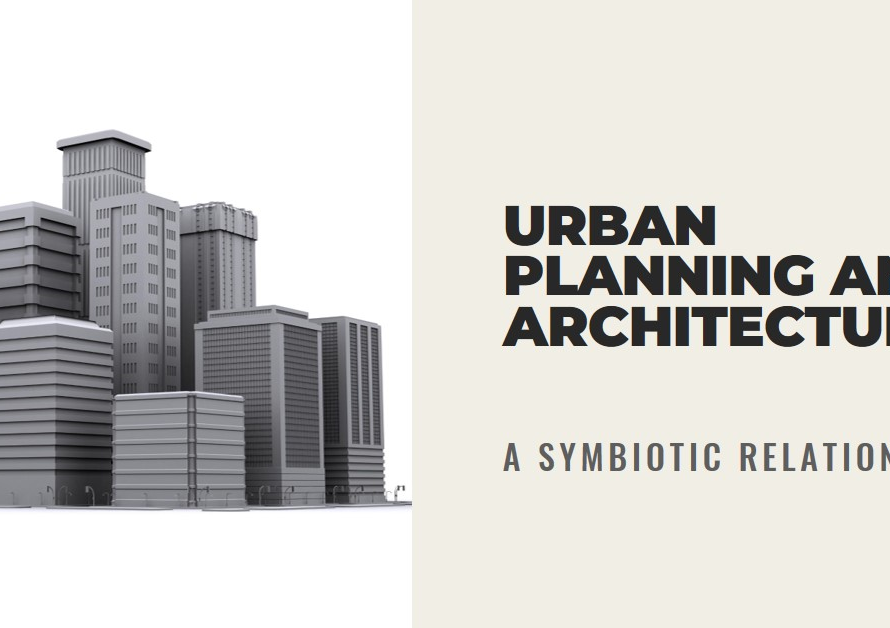
Table of Contents
- Introduction to Real Estate Contracts
- The Significance of “Under Contract”
- The Steps Leading to “Under Contract”
- Key Components of a Real Estate Contract
- The Role of Contingencies
- What Happens During the “Under Contract” Period?
- Potential Challenges While Under Contract
- Closing the Deal: From Contract to Closing
- Conclusion: The Importance of Understanding “Under Contract”
Introduction to Real Estate Contracts
Navigating the real estate market can be a complex endeavor, filled with specialized terminology that can be confusing to newcomers and seasoned investors alike. One such term is “under contract,” a pivotal stage in the buying and selling process. Understanding what it means when a property is “under contract” is crucial for buyers, sellers, and real estate professionals.
In the real estate context, “under contract” signifies that a buyer has made an offer on a property, and the seller has accepted that offer. This status indicates that both parties have agreed to the terms and conditions outlined in the contract, and the sale is in progress, pending certain contingencies.
The Significance of “Under Contract”
When a property is marked as “under contract,” it is essentially off the market. This means the seller has committed to selling the property to the buyer who made the offer, and no new offers will be considered during this period. This stage is critical as it transitions the transaction from mere interest to a binding agreement.
For buyers, understanding this status helps manage expectations and timelines. For sellers, it provides assurance that the property is likely to be sold, pending the fulfillment of the contract terms. This mutual commitment reduces the likelihood of last-minute changes or cancellations.
The Steps Leading to “Under Contract”
Before a property goes “under contract,” several key steps must occur. Initially, a prospective buyer expresses interest and makes an offer on the property. This offer typically includes a proposed purchase price, financing terms, and any contingencies that must be met.
Once the seller receives the offer, they can accept, reject, or counter it. If the seller counters, negotiations continue until both parties agree on the terms. When both parties reach an agreement, the contract is signed, and the property is officially “under contract.”
Key Components of a Real Estate Contract
A real estate contract comprises several vital components that outline the agreement between the buyer and seller. These include the purchase price, financing details, contingencies, closing date, and other specific terms related to the sale.
Contingencies are particularly important as they provide conditions that must be met for the sale to proceed. Common contingencies include home inspections, financing approval, and appraisal results. Understanding these components helps both buyers and sellers navigate the process more smoothly.
The Role of Contingencies
Contingencies are conditions that must be satisfied before a real estate transaction can be finalized. They protect both the buyer and the seller by ensuring that specific criteria are met before the sale is completed.
For instance, a financing contingency ensures that the buyer can secure the necessary mortgage. A home inspection contingency allows the buyer to renegotiate or withdraw if significant issues are discovered during the inspection. These safeguards are crucial in mitigating risks and ensuring a fair transaction for both parties.


What Happens During the “Under Contract” Period?
Once a property is “under contract,” several activities take place to move the transaction towards closing. The buyer will typically arrange for a home inspection and appraisal, and the lender will begin processing the mortgage application.
During this period, both parties work to fulfill any contingencies outlined in the contract. This stage involves a lot of coordination and communication between real estate agents, lenders, inspectors, and other professionals to ensure all conditions are met and the transaction progresses smoothly.
Potential Challenges While Under Contract
Despite the agreement, various challenges can arise during the “under contract” phase. Issues such as a low appraisal value, problems uncovered during the home inspection, or difficulties in securing financing can delay or derail the process.
Both buyers and sellers need to be prepared for these potential hurdles. Having a contingency plan and maintaining open communication can help address these challenges effectively. Understanding that the “under contract” stage does not guarantee a completed sale is vital for managing expectations.
Closing the Deal: From Contract to Closing
The final step in the “under contract” process is the closing, where ownership of the property is officially transferred from the seller to the buyer. This stage involves signing numerous documents, transferring funds, and finalizing all legal and financial details.
Preparation is key to a smooth closing. Both parties should ensure that all necessary documents are in order, and any issues or contingencies have been resolved. On the closing day, the buyer will typically receive the keys to the property, marking the successful completion of the transaction.
Conclusion: The Importance of Understanding “Under Contract”
Understanding the term “under contract” and the processes involved is crucial for anyone participating in a real estate transaction. It signifies a significant step towards finalizing a property sale and involves various essential activities and safeguards.
For buyers, being aware of what “under contract” entails helps in making informed decisions and preparing for the subsequent steps. For sellers, it represents a commitment to sell and move forward with the agreed terms. Ultimately, this knowledge empowers all parties to navigate the real estate market with confidence and clarity.



